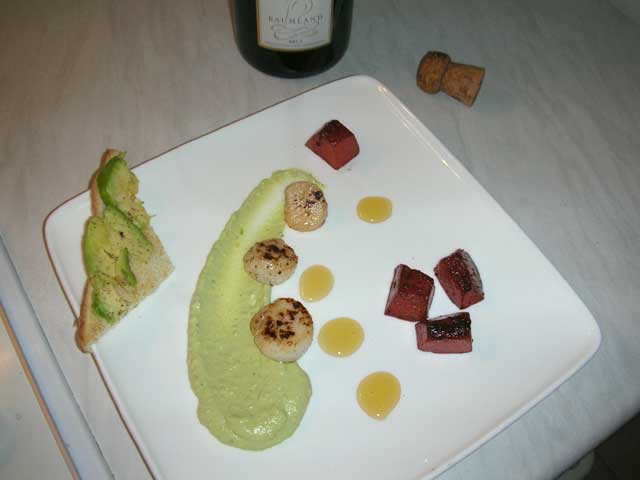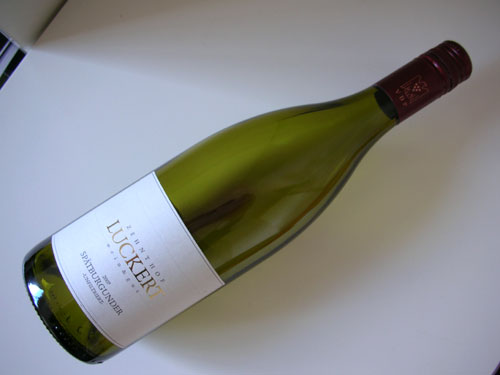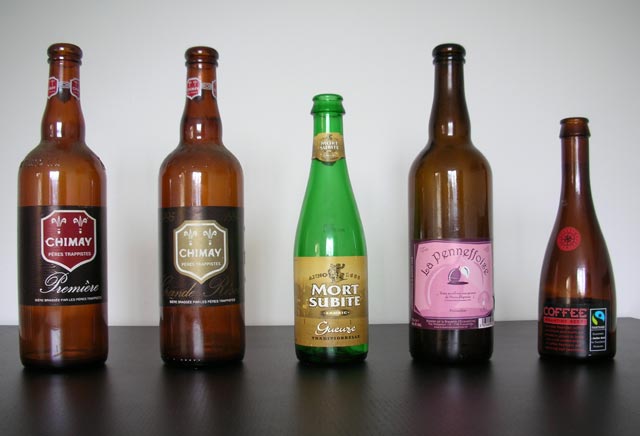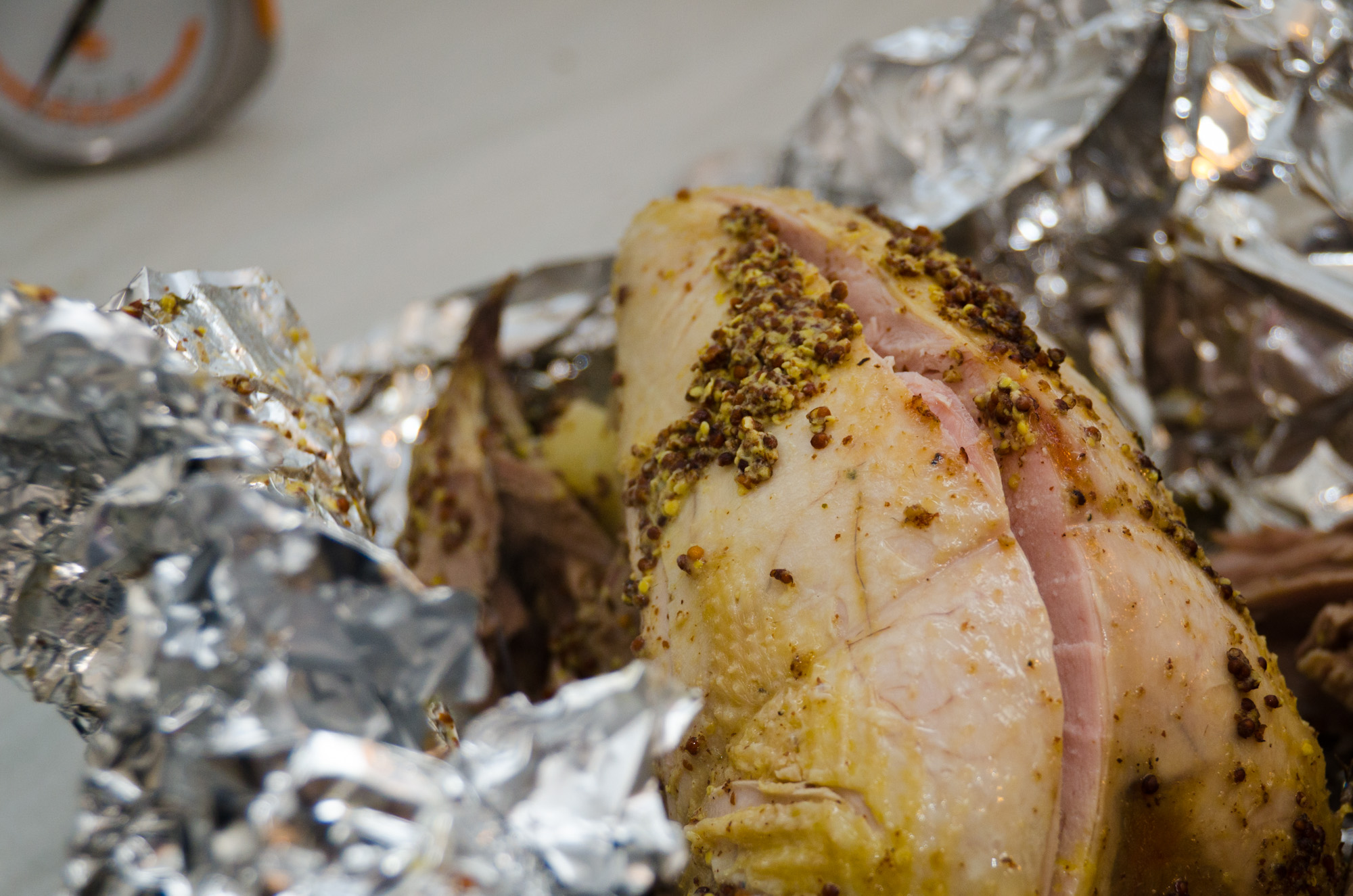Raumland, Cuvée Katharina Brut, Blanc de Noir
Sparkling wine is very popular in Germany. Very. As a matter of fact, the Germans consume more than a fifth of the world's production of bubbly. The Wine Rambler is a little less addicted, but we are getting more and more into Sekt, as sparkling wine made in Germany is called. We even made it one of our New Year's resolutions to pay more attention to the world of sparkling wine. This is my first contribution, and it was a most pleasant task.

The sparkling wine in question was made by the Raumland winery. Raumland, based in a village with the wonderful name of Flörsheim-Dalsheim in Rhineland-Palatinate, are specialists for sparkling wine, or 'Sekt' as the Germans call it. So much so that some of Germany's top estates trust Raumland with producing their sparkling wines for them. Raumland are doing such a good job with this that you can find listings of top German sparkling wines that only contain Raumland Sekt or sparklings produced by Raumland (which is not always mentioned on the label).















